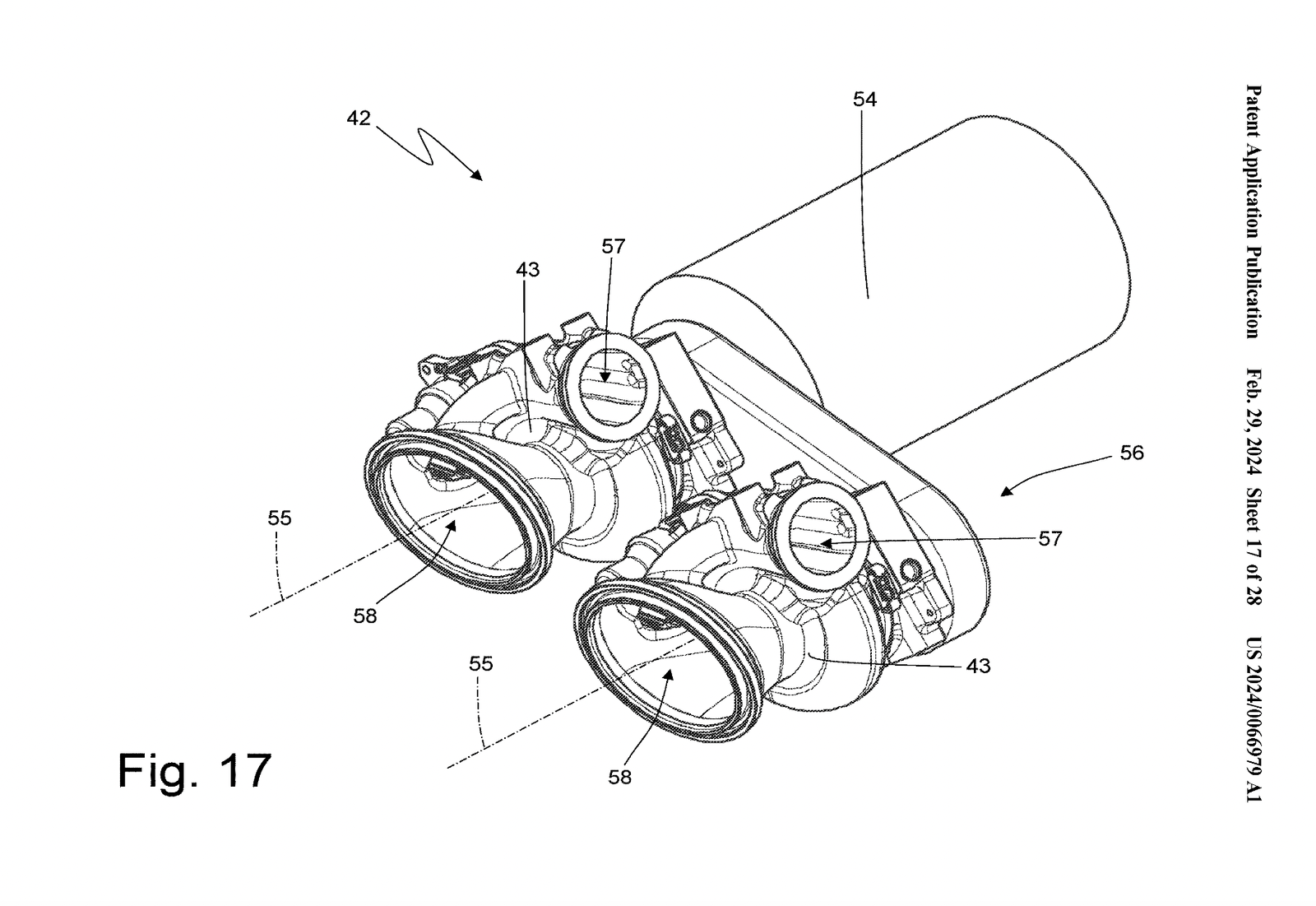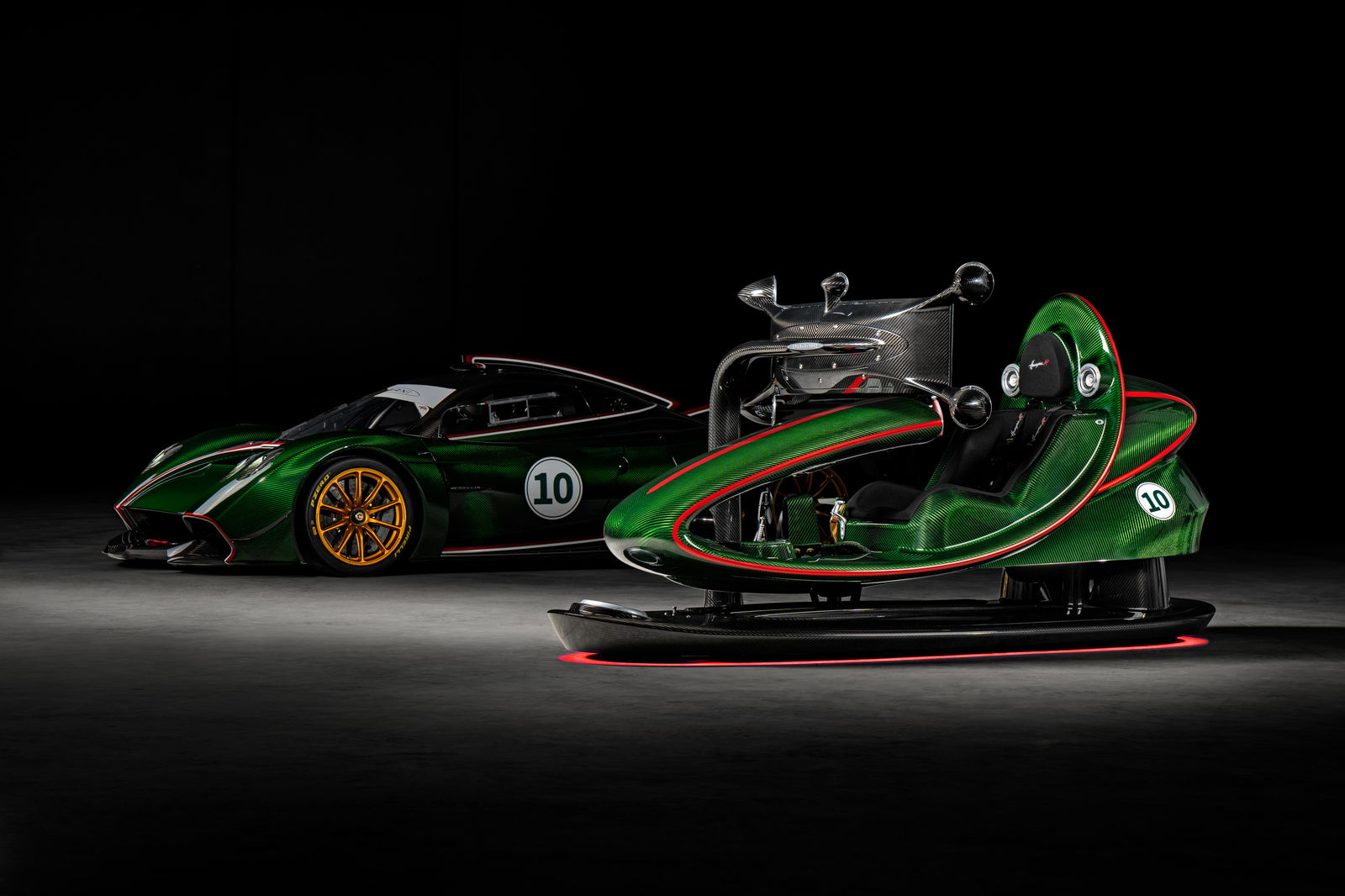Ferrari’s Patent For A Mad, Upside-Down Hydrogen Straight-Six Hurts Our Brains

Ferrari is being careful not to place all of its eggs in one basket when it comes to its future powertrains. We know an all-electric car is in the works, but its CEO also recently said he believed combustion-powered Ferraris would never cease to exist.
Now, thanks to a patent filed by the company, we have some idea of the concepts Ferrari is exploring in order to keep internal combustion alive in its cars, and they’re unlike anything we’ve ever seen in a car before.
The patents, which were dug out by AutoGuide, have been filed in the EU, US, China and Japan, and are all credited to one Fabrizio Favaretto, who’s been with Ferrari for some 24 years, according to his LinkedIn.
The basic premise is a hydrogen-powered internal combustion engine which, in itself, isn’t an entirely radical concept. Mazda was experimenting with this idea over 20 years ago, and BMW and, more recently, Toyota have also explored it. Some other parts are familiar, too, with the theoretical car driving its rear wheels with the combustion engine and its fronts with an electric motor, and utilising a dual-clutch gearbox.

Notably, the engine is a straight-six, a configuration Ferrari hasn’t employed since the 1950s. This is because it theoretically allows for easier packaging of the tanks needed to store the hydrogen that fuels it.
This is where things start to get weird. The engine, envisioned to sit in the middle of a car, is designed to effectively be ‘upside-down’ – in other words, with the crankshaft at the top and the cylinder heads at the bottom. This, according to Motor1, would allow the transaxle gearbox to sit higher up, creating room for a far more aggressive rear diffuser while keeping the car’s wheelbase short.

Equally mind-melting are some of Ferrari’s ideas to provide forced induction for this engine. One idea utilises a pair of compressors driven by an electric motor, with the energy used to drive them gathered using regenerative braking. Another uses a system similar to F1’s MGU-H units, which uses excess heat from the exhaust to drive a turbine that then converts the heat energy into electrical energy. Another still uses a pair of traditional mechanical superchargers, although they’re somehow driven by the dual-clutch transmission rather than a separate belt. Argh.
It’s well worth delving into the patent documents in more detail. Providing you have a spare afternoon and multiple engineering degrees, you might even be able to make the slightest bit of sense of them.

Us? Well, most of it goes straight over our heads, but we certainly welcome any ideas to prolong the life of the internal combustion engine, no matter how radical. None of this is any guarantee whatsoever that we’ll be seeing a twin-supercharged, upside-down-engined, hydrogen-fuelled hybrid supercar from Ferrari, but we have to respect it, and Signore Favaretto in particular, for throwing some wild ideas around. As Favaretto said himself in the comments of a LinkedIn post on the patents, “without passion, self-belief and bravery, innovation would simply fail to exist.”



Comments